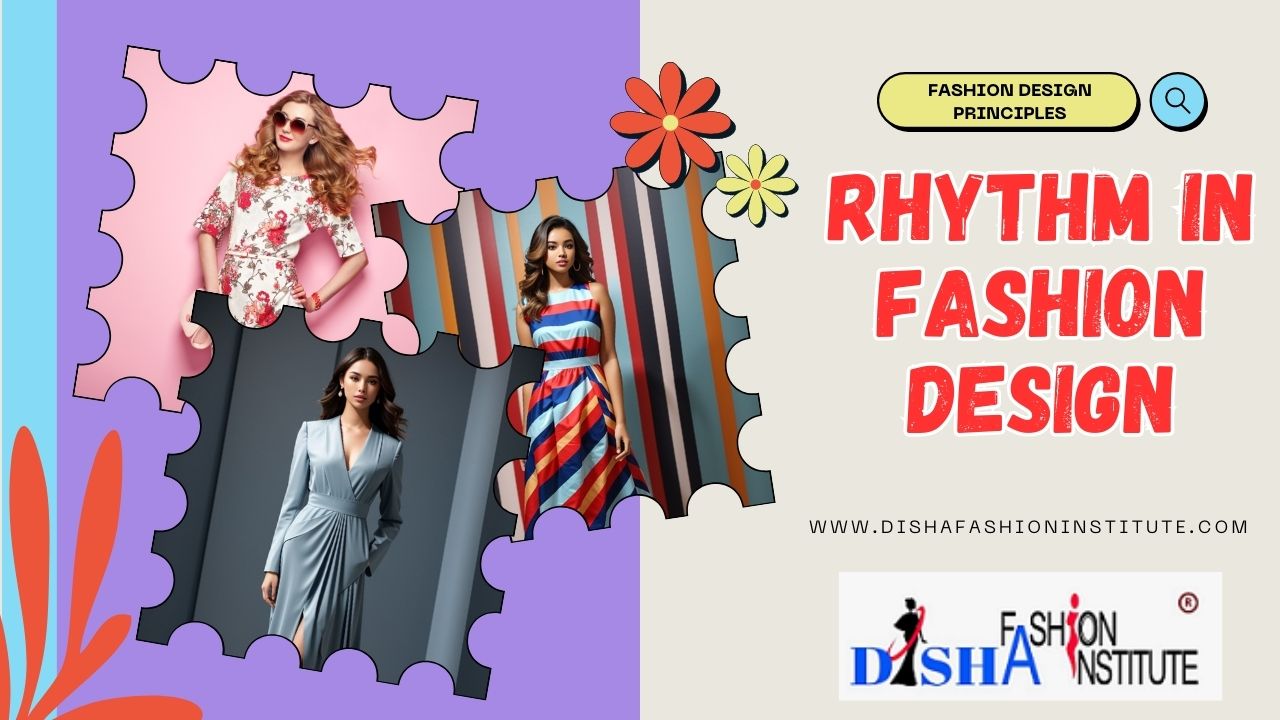Can Fashion Break Free from its Linear Trap?
Can Fashion Break Free from its Linear Trap?
The Weight of the Linear Model
The Environmental Toll
The Social Cost
The Economic Blind Spot
The linear model is also economically short-sighted. It views clothing as a disposable commodity, extracting value only once. An estimated $500 billion in value is lost annually due to clothing that is barely worn and rarely recycled. It’s a system that wastes not just materials, but significant economic opportunity.The Circular Vision: A New Rhythm for Fashion
Circular fashion proposes a radical redesign. Inspired by natural ecosystems where waste does not exist, it aims to create a closed-loop system. The goal is to eliminate waste and pollution, keep products and materials in use for as long as possible, and regenerate natural systems. This vision moves beyond mere recycling; it reimagines every stage of a garment’s life through three core actions:
- Eliminate Waste and Pollution at the Design Stage: This is the most crucial step. Circular fashion begins long before a garment is sold. It means designing for durability, using safe and renewable materials, and creating clothes that are easier to repair, disassemble, and recycle. Imagine zippers that are easily removed, or sweaters knit from a single type of fiber to avoid the recycling complications of blends.
- Keep Products and Materials in Use: This is where the loop is actively closed. It extends the life of clothing through robust resale and rental markets, encourages repair and alteration, and promotes upcycling—turning old garments into new, higher-value products. This shifts the consumer relationship from one of ownership to one of access and stewardship.
Regenerate Natural Systems: Ultimately, a truly circular model gives back more than it takes. This means using regenerative agricultural practices for materials like cotton and wool, which improve soil health and biodiversity, and moving towards renewable energy in production.
The Path to Freedom: Progress and Pitfalls
The momentum towards circularity is undeniable, but the path is fraught with obstacles.
Signs of Hope
The Rise of Recommerce: Platforms like ThredUP, The RealReal, and Depop have normalized buying and selling secondhand clothing, turning closets into potential revenue streams and extending garment lifecycles.
Rental and Subscription Services: Companies like Rent the Runway and Nuuly cater to consumers who desire variety without the commitment of ownership, challenging the very notion that we need to own every item we wear.
Innovation in Materials: Startups are pioneering remarkable new materials, from leather grown from mushrooms (like Mylo) to fibers made from agricultural waste. Major brands are increasingly incorporating recycled polyester and organic cotton into their lines.
Brand-Led Initiatives: Some large brands are launching take-back programs, repair services, and clothing lines specifically designed for circularity, signaling a shift in corporate priorities.
Significant Challenges
Scale and Infrastructure: While recycling a plastic bottle is straightforward, recycling a complex garment made of multiple fibers, dyes, and hardware is a technological nightmare. Effective, large-scale textile-to-textile recycling is still in its infancy and lacks the infrastructure to handle the volume of waste produced.
The Economics of Cheap Clothes: The linear model is still highly profitable. The low cost of virgin materials and labor makes it difficult for circular alternatives, which often require higher initial investment, to compete on price alone.
Consumer Behavior: The deeply ingrained habit of seeking newness and the allure of low prices are powerful forces. Shifting consumer mindsets from disposable to durable requires widespread education and a cultural change in how we value clothing.
Greenwashing: The term "circular" is at risk of being co-opted. Without clear regulations and standards, brands can make vague sustainability claims without making meaningful systemic changes, confusing consumers and diluting the movement's impact.
Conclusion: A Collective Unraveling and Re-weaving
Designers and brands must embrace their role as creators by designing for circularity from the very beginning. Policymakers can create a level playing field through Extended Producer Responsibility (EPR) laws that hold brands accountable for the end-of-life of their products. Investors must fund the innovation needed to scale recycling technologies and sustainable material production.
Ultimately, however, the power of the consumer remains immense. Every purchase is a vote for the kind of world we want to live in. By choosing quality over quantity, supporting brands with transparent and ethical practices, embracing secondhand first, and caring for and repairing the clothes we already own, we actively participate in closing the loop.
Breaking free from the linear trap is not about ending fashion. It is about saving it. It is a challenging, necessary journey of unraveling a broken system and patiently, deliberately, re-weaving it into something more beautiful, resilient, and enduring. The thread of circularity is now in our hands. The final pattern depends on how we choose to use it.


0 comments